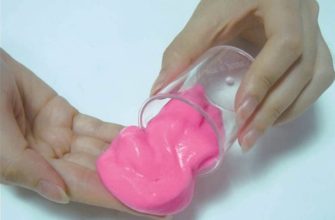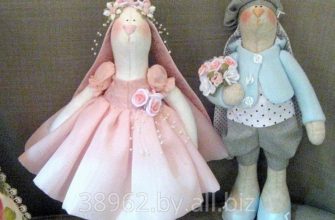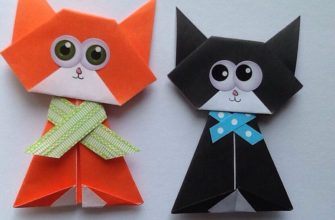With the approach of the New Year holidays, many people think about how to decorate the Christmas tree and their home. Every year, felt tree decorations made with your own hands are becoming more and more popular.
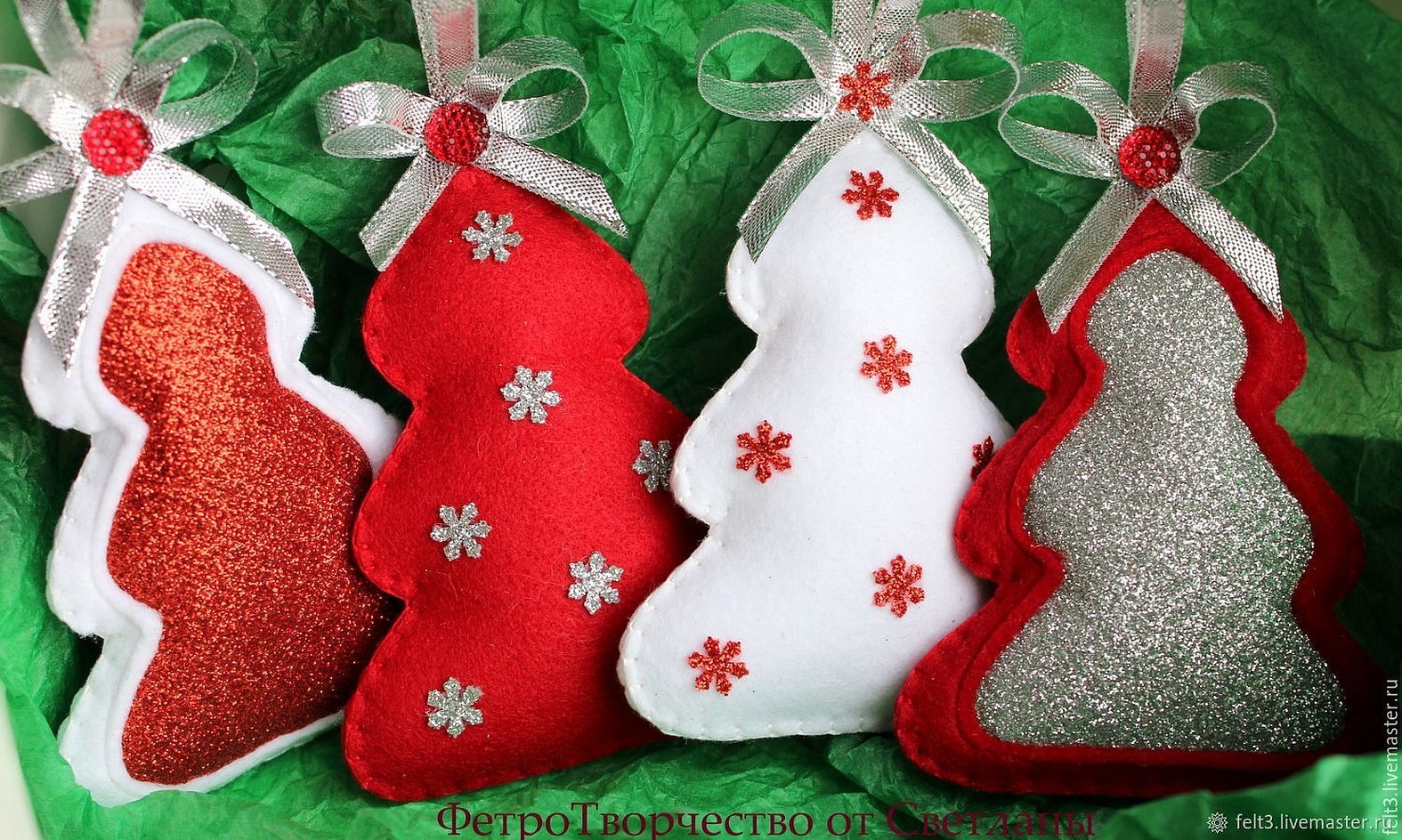
Benefits of Felt
Felt is a universal material. It is used to create toys, upholstery, sew clothes, shoes, hats and accessories. The popularity of the material is due to its undeniable advantages and ease of use. It is suitable for beginner seamstresses.
Please note! Some seamstresses prefer to replace felt with fleece. This is due to the softer and more delicate structure of the material.
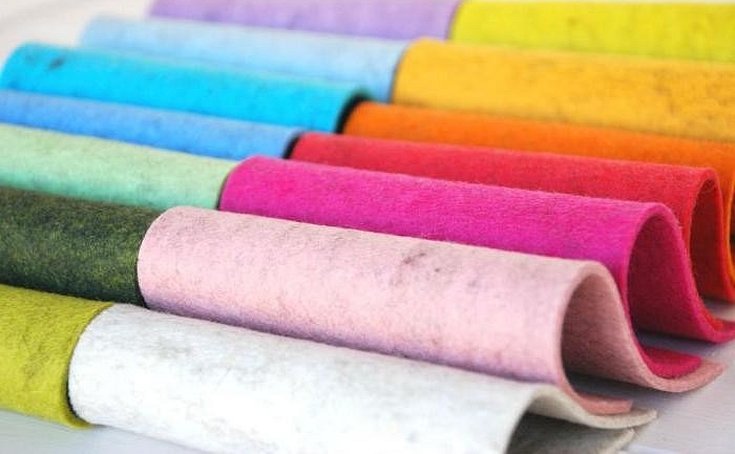
The main advantages of felt:
- Thickness variety. The market offers material of different thicknesses. Felt of 1, 1.5 and 2 mm is used for toys. The thickness is selected depending on the purpose.
- Variety of composition and appearance. Felt is made of natural wool - this material is the most expensive and high-quality. It can also be semi-wool. It contains viscose. This material is smooth and soft. The last type is synthetic. It is distinguished by its low cost with acceptable quality. Synthetic felt contains acrylic or polyester. By appearance, it is divided into smooth, short-pile and long-pile, velor or suede. Smooth material with the addition of acrylic is better suited for toys.
- Rich color palette. Felt is presented in a wide range of colors.
- Smooth edge. Felt is easy to cut. The edge is smooth, does not fray or form fringes.
- Same sides. Felt is a double-sided material. Both sides have the same appearance, which prevents confusion between the back and the front.
- Easy to wash and steam. Felt washes well, which allows you to remove marker marks and other types of dirt from patterns. If creases or wrinkled areas appear, iron the pattern or steam it. This allows you to remove all visible defects.
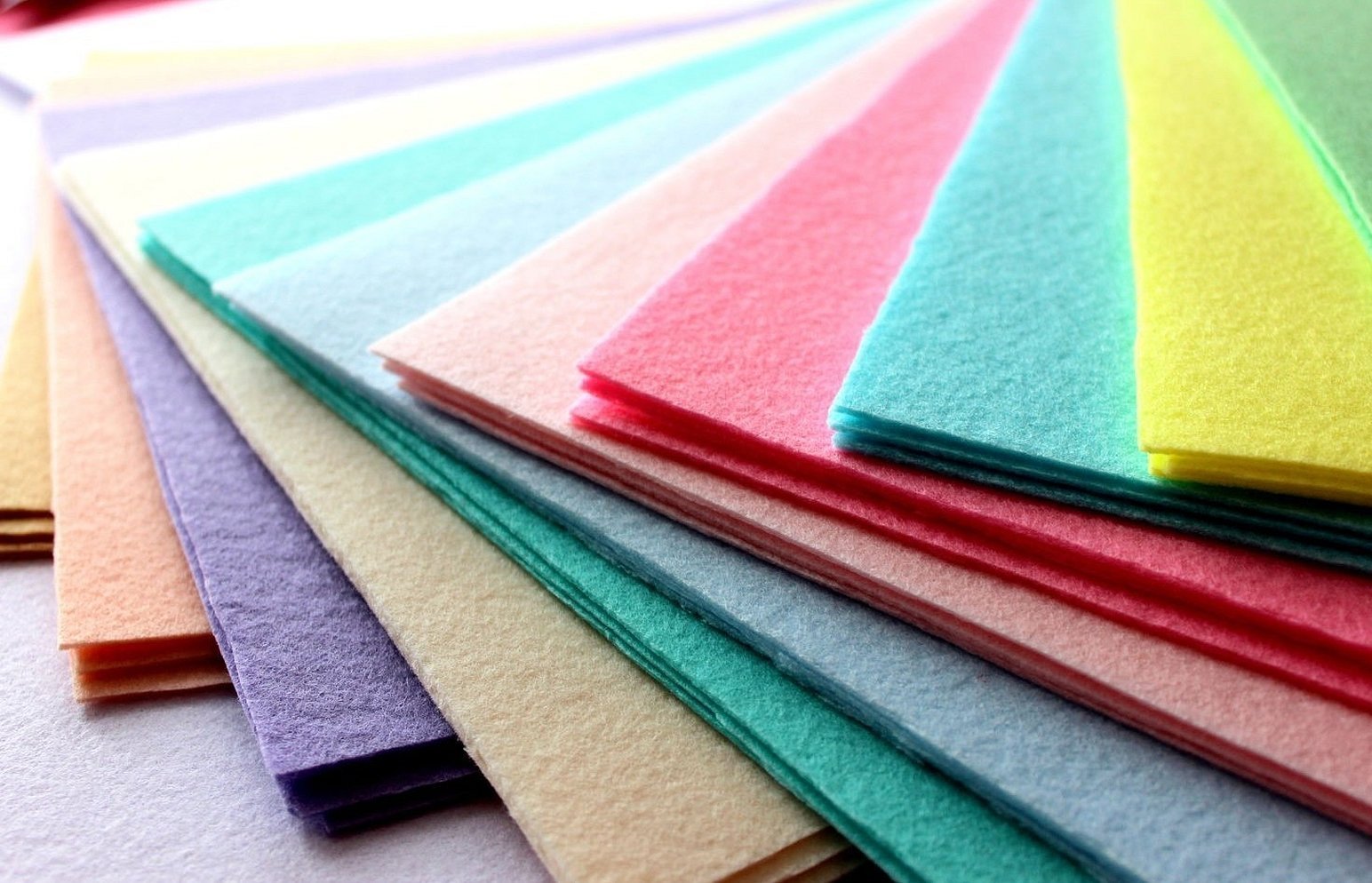
Important! For toys, it is recommended to use Korean felt. It has the best wear resistance. It does not form pellets, does not fade, and holds its shape perfectly.
Examples of New Year and Christmas toys
New Year and Christmas are a time of magic. That is why most people prefer decorations made by hand. There is a wide variety of patterns and examples of Christmas tree decorations made of felt. They are divided by theme.
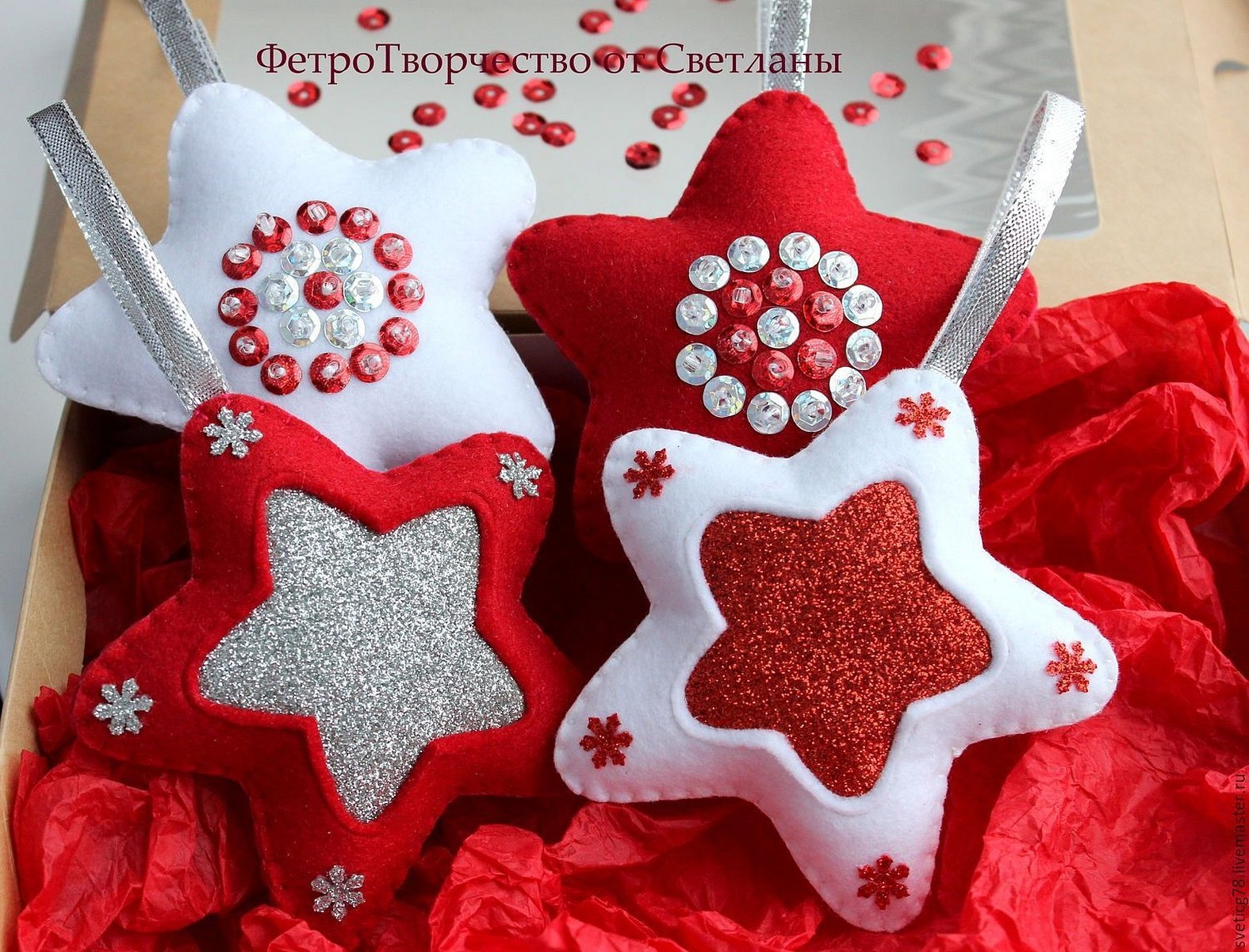
New Year and Christmas themes include:
- snowmen;
- mittens;
- Christmas trees;
- Santa Clauses;
- bells;
- angels;
- hearts;
- stars;
- houses;
- bows;
- New Year gifts;
- Christmas candles.
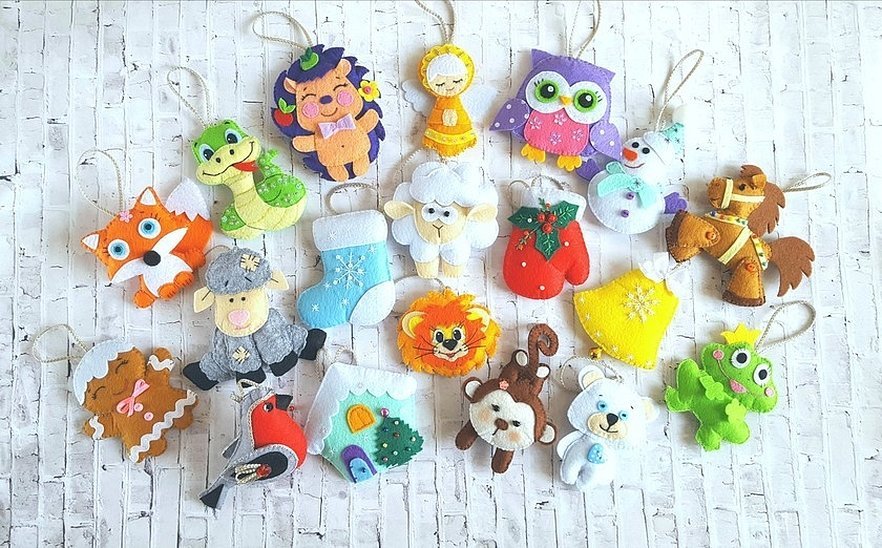
Please note! When creating a collection of felt Christmas tree decorations, a similar color scheme is chosen. For example, white, red, green and yellow are used for all products.
Toys in the form of various animals or symbols of the year have become very popular:
- mouse;
- bear;
- deer;
- chanterelle;
- hare;
- penguin.
Necessary tools
Before you start making felt Christmas toys, you need to prepare. At this stage, you need to stock up on the necessary materials and tools

To make toys you will need:
- soft Korean felt (the optimal thickness is 2 mm, but 1 mm will do);
- filler (synthetic padding, holofiber, cotton wool);
- floss or cotton threads;
- satin or grosgrain ribbon, cord for the loop;
- glue, scissors, needle;
- fabric marker;
- decorative elements (rhinestones, sequins, beads).
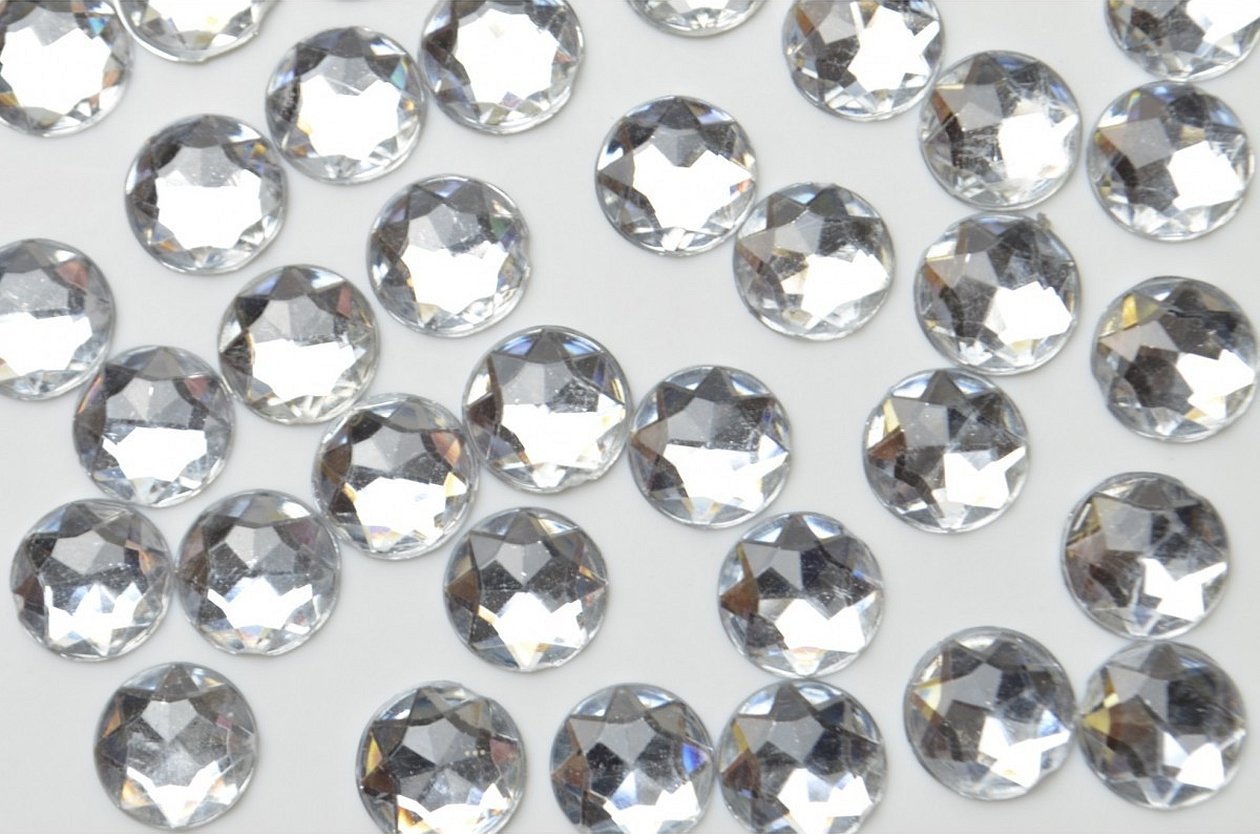
Peculiarities of working with a pattern
Felt is a popular material for making Christmas tree decorations. It allows you to sew a toy of any complexity. The material is easy and pleasant to work with.
When creating patterns, it is necessary to take into account some subtleties:
- Felt is selected with a thickness of 1, 1.5 or 2 mm. Thick material is suitable for multi-layer flat toys that must hold their shape well.
- Patterns made from felt containing acrylic or viscose work better.
- To transfer the pattern to the material, use a fabric marker. It is clearly visible and can be easily washed off with water. Chalk, a simple pencil or a gel pen will also work, but they require more careful application and cutting.
- Two techniques are used to create toys: gluing and sewing. Pattern pieces are sewn together with a sharp needle. PVA glue or a hot glue gun is used for gluing. When squeezing out the glue, it is important to consider its quantity. PVA should not leak or soak the material.
- To add volume to toys, filler is used. Synthetic padding and holofiber have proven themselves well. Wadding or cotton wool often come out of the seams and give the products an unaesthetic appearance.
Please note! It is not recommended to use water-soluble glue for felt glue toys. When wet, the parts of the product may come off. The toy will lose its appearance.
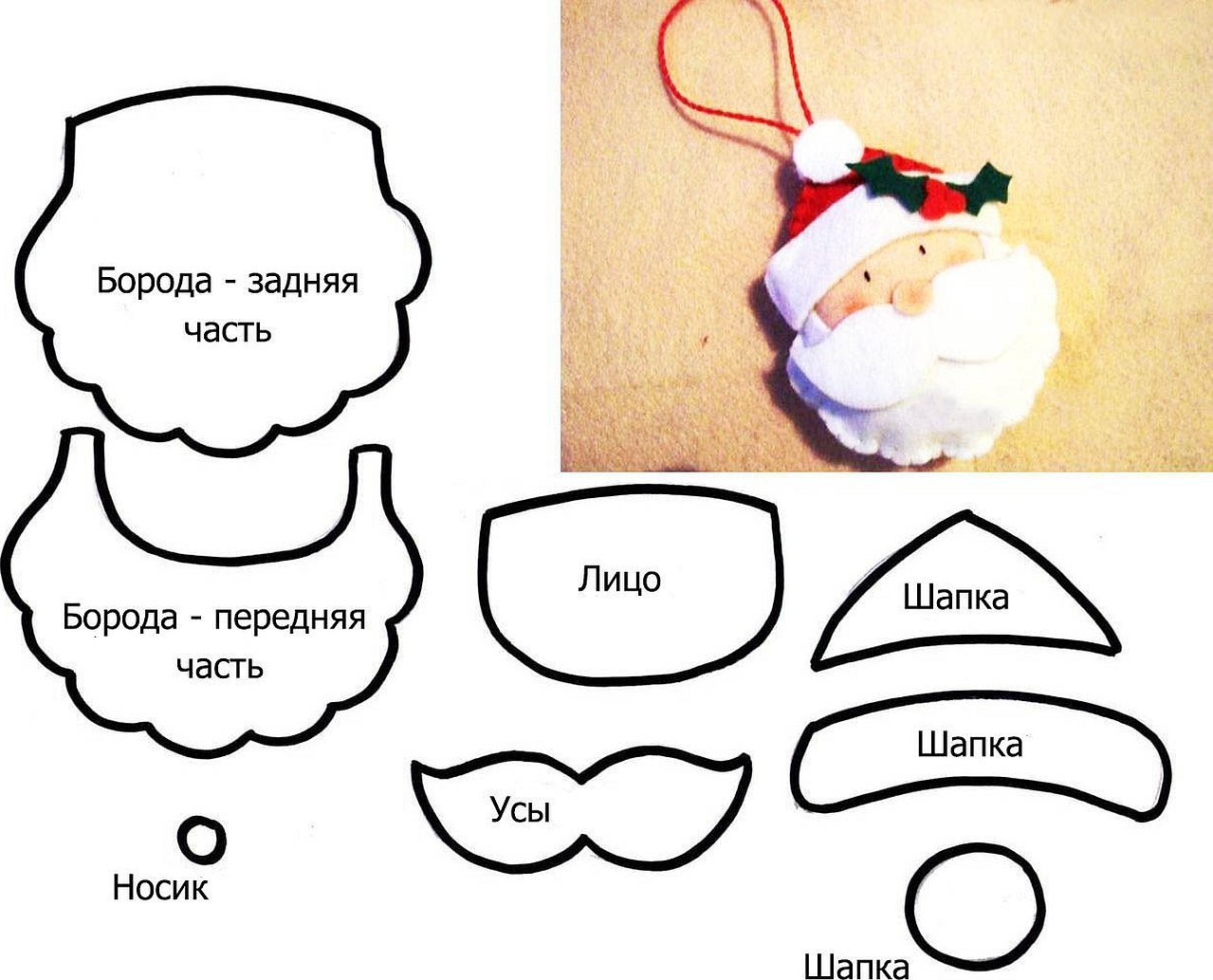
Patterns for New Year's toys
Before making a New Year's toy from felt, you need to find a suitable pattern:
- Preference should be given to images in jpg or png format.
- The image with details is copied to a Word text editor page.
- If the image is not large enough, it is scaled, stretched to the required dimensions.
- The text file should be printed on an A4 sheet. The resulting parts should be cut out.
- If the template is to be used multiple times, it should be glued and cut out onto cardboard.
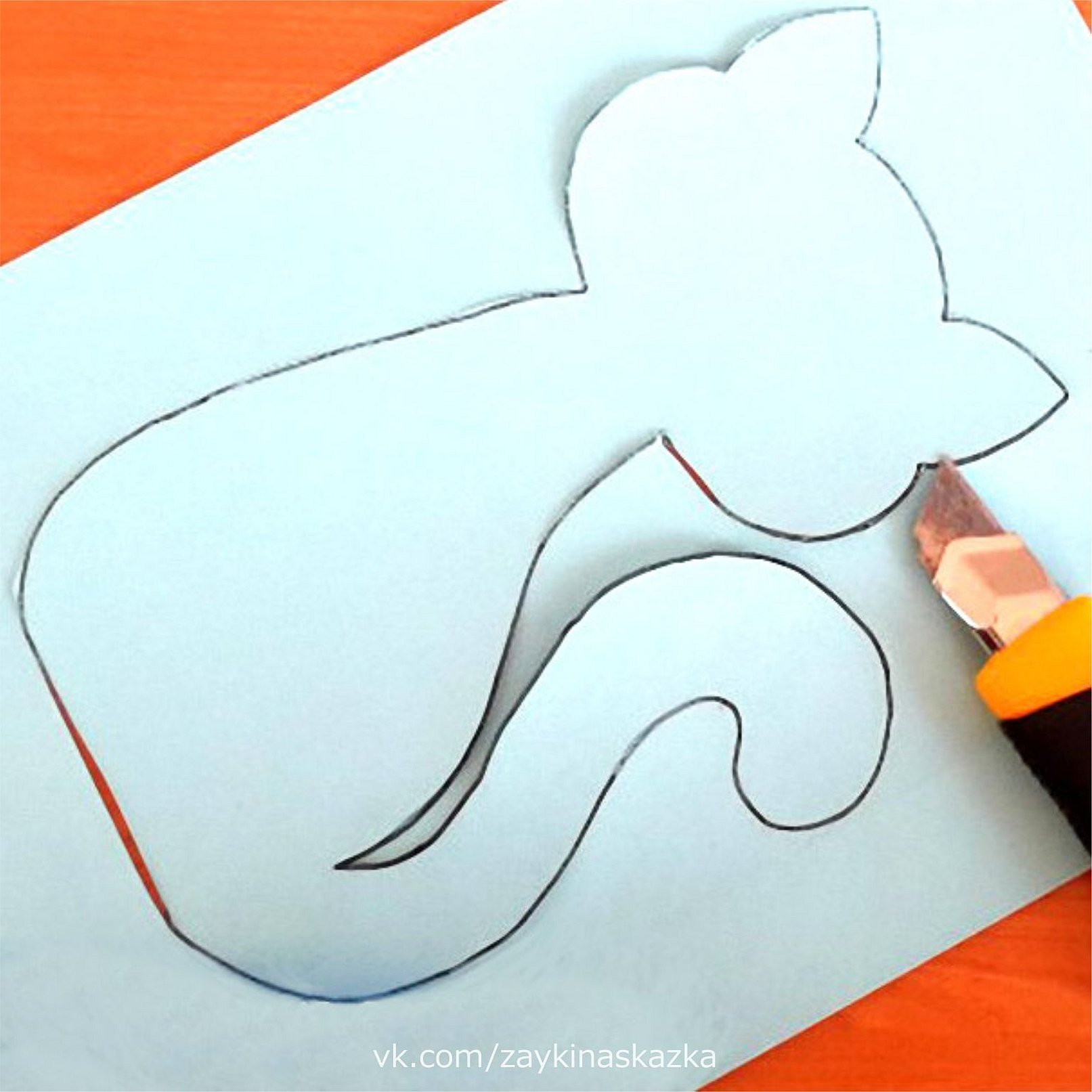
Step by step instructions
When creating a toy, it is customary to follow the sequence of actions. Correct execution of all stages allows you to achieve the best result:
- Preparing the pattern. First, you need to find and print out the pattern. Experienced needlewomen have prepared a wide variety of New Year patterns. If the drawing is smaller, you can enlarge it in a graphic editor and print it on paper. The paper pattern should be cut out.
- The second stage is the preparation of the material. It is necessary to choose felt of the required shades, select threads in the same tone, decorative elements.
- Transferring the drawing. The pattern is transferred to the fabric with a marker with the appropriate color for each element. If the toy is three-dimensional, then the main elements must be drawn in two copies in mirror image.
- Cutting out the pattern. Cut each one out of felt. Sharp scissors will help to achieve a smooth edge. For thick felt, it is better to use a roller knife.
- Sewing the parts. If the toy has external sewn-on elements, they should be sewn on first. The parts should be secured to the patterns using pins and sewn on with matching threads. The main parts of the toy are sewn on last. For stuffing, 1-2 cm of the edge should be left unsewn.
- Loop. The loop can be made from a 6 mm wide rep or satin ribbon or a cord. It is sewn in during the assembly of the main parts. The loop should be located in the middle of the toy.
- Stuffing. Toys are stuffed with holofiber or synthetic padding. The stuffing is inserted through an unstitched cut. For greater density, it should be tamped with a finger or pencil. When the toy is stuffed, sew up the remaining edge.
- Decorating. The last thing to glue are decorative elements that do not require sewing. A hot glue gun has proven itself to be a good choice.

Additional information! A soap dish with water and a small piece of soap will speed up the process of creating sewn New Year's toys. Before threading the needle, it should be soaped. This makes the thread smooth.
Felt New Year's toys are distinguished by a variety of models and colors. They are used to decorate a fir tree, a fireplace, and are collected in garlands to decorate living spaces.

